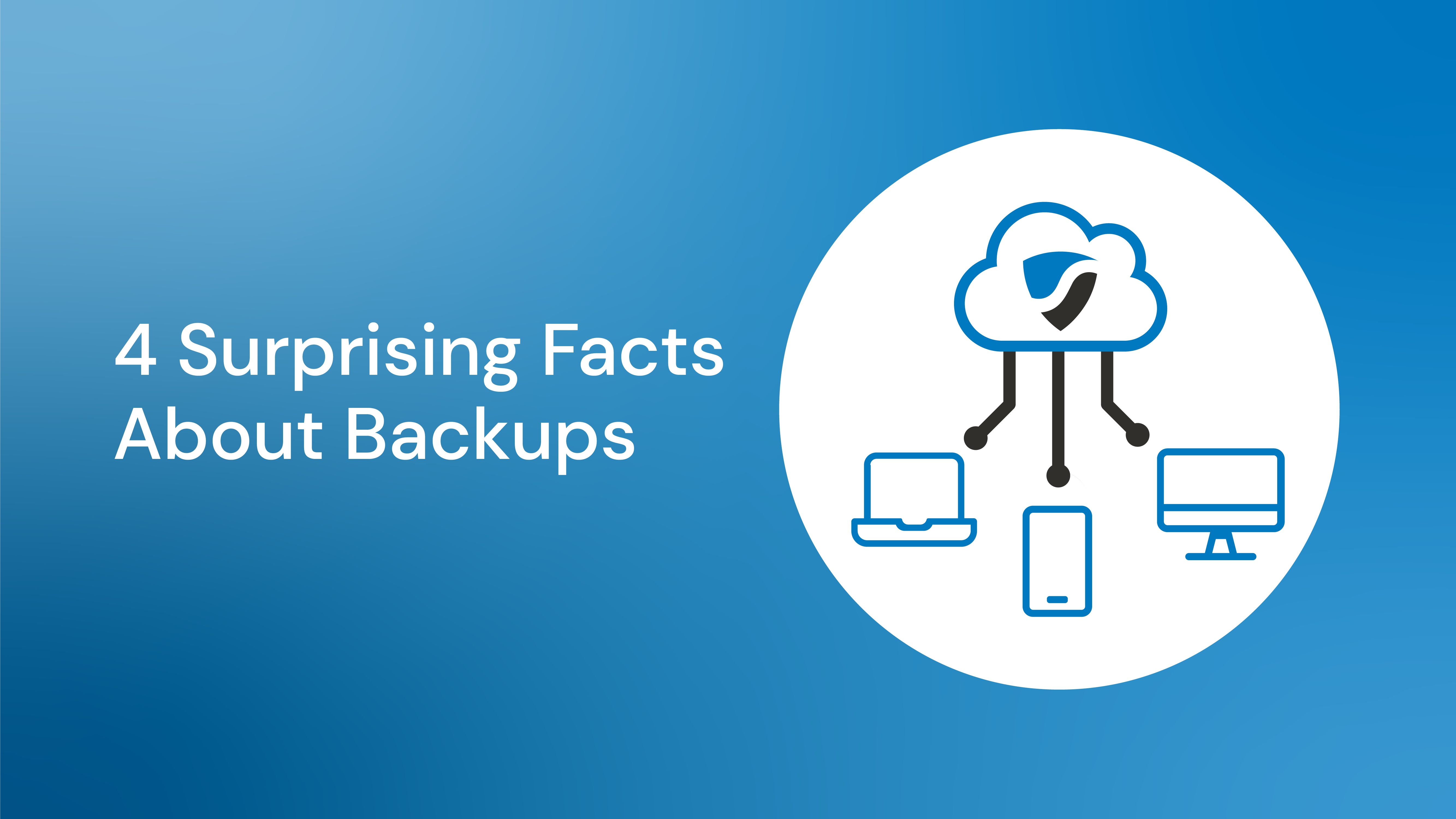As mentioned in previous posts, we were lucky enough to attend the Microsoft Ignite conference in the USA in November 2019. Among many of the exciting announcements (see our blog on the Top 5 releases from Microsoft Ignite 2019) it was advised that the popular Microsoft Office 365 application, Flow, was being renamed to Power Automate. This name change brings the product in line with the rest of the Power Platform, and products like Power Apps and Power BI.
However, this is so much more than a simple name change or brand alignment. As the name suggests, the product will now have a particular focus on automation. In the words of Microsoft, Power Automate is "a unified platform with API- and UI-based automation for enterprise customers". While they may explicitly mention enterprise, the product is designed to be used by all users, from technical to business.
That's all well and good, but I am not even familiar with Flow!
Microsoft Flow is cloud-based software that allows users to create and automate workflows across many applications and services without needing a developer. The automated processes are called Flows. When creating a Flow, the user simply specifies an action that should occur when a specific event happens.
After a Flow is built, you can manage it on the desktop, or through a mobile device app. Flow integrates tightly with many Microsoft services and apps such as Power BI, Power Apps, Dynamics 365 and Office 365.
How Power Automate is used.
Power Automate can automate everything from simple notifications to complex business processes with many defined steps and stages.
One of the most common uses of a Flow is to trigger notifications. For example, when a new lead is added to Microsoft Dynamics CRM, an automated workflow can send emails to the sales team, and a text message to the manager.
A Flow can also be used to copy files to other locations. For example, if a new file is added to OneDrive, or DropBox, a Flow can create a copy of that file to SharePoint, and even email the relevant team that a new file has been added!
Power Automate can also be used to collect data. If you want to know what people are saying about a particular subject or product, you can create a trigger that will automatically capture any new Tweets that mention those and put a copy of each Tweet in an SQL database.
So what else can it do?
While it's only in preview at the moment, Microsoft are adding UI Flows with Robotic Process Automation (RPA) capabilities to Power Automate. This will bring together the rich features of an API-based digital process automation with UI-based automation to create a truly end-to-end automation platform.
These days it is common to see a huge mix of legacy applications combined with modern services, and delivered in many different ways such as on-prem, or in the cloud. Getting these systems to talk to each other can be cumbersome, or more often, not even possible. This usually results in many hours by end users manually bridging that gap. As we all become more connected, automation capabilities allow you to do more with less. This is where the new UI Flows come in to their own.
UI Flows are completely online and use the same low or no-code experience that Flow users are familiar with. With this, businesses can automate repetitive tasks performed through a browser or through the Windows interface. You can simply record step by step UI actions such as mouse clicks, keystrokes and inputting data, and then you can replay these actions over and over.
You can learn more about RPA and even try the preview yourself by visiting the Microsoft Flow website.







